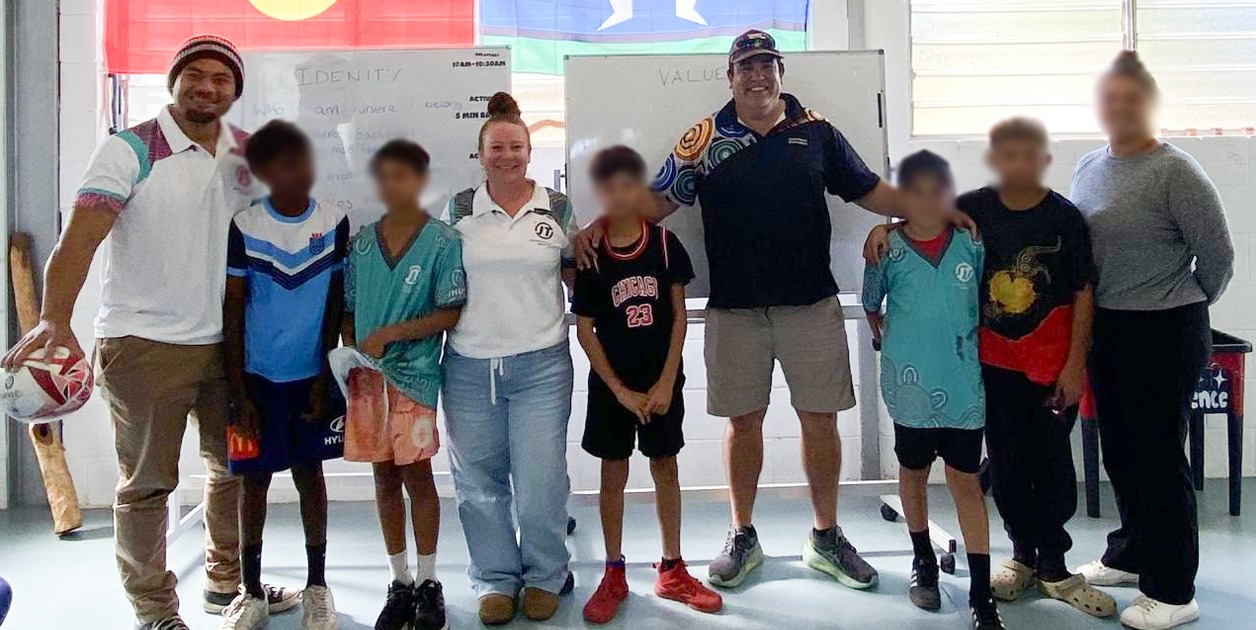
How to Run a Culturally Inclusive Workshop: A Step-by-Step Guide
Running a culturally inclusive workshop is critical for fostering respectful dialogue,
promoting understanding and empowering First Nations participants. Whether you’re
delivering cultural inclusion training in Australia for corporate teams, educators or
community groups, a well-structured, culturally safe workshop can bridge gaps, enhance
collaboration and drive positive change. This 2,000-word guide covers everything from pre-
planning and community engagement to facilitation techniques and evaluation strategies,
ensuring your Indigenous workshop planning aligns with best practices and yields
meaningful outcomes.
1. Foundations of Cultural Inclusion
1. Defining Cultural Inclusion
Cultural inclusion goes beyond diversity awareness; it fosters environments where all
cultural identities are validated, respected and integrated into the workshop’s design,
delivery and follow-up.
2. Why It Matters
- Enhanced Engagement: Participants feel safe sharing perspectives.
- Innovation & Learning: Diverse viewpoints spur creative problem-solving.
- Community Trust: Demonstrates genuine respect, building long-term relationships.
3. Key Principles
- Respectful Collaboration: Co-design content with Indigenous advisors.
- Strengths-Based Approach: Highlight cultural assets rather than deficits.
- Reciprocity: Ensure benefits flow back to the communities involved.
2. Pre-Planning & Community Engagement
2.1 Establish a Community Advisory Group
- Role: Guide content development, provide cultural protocols and validate materials.
- Composition: Elders, community leaders, cultural educators and past participants.
2.2 Conduct Cultural Risk Assessments
- Identify topics or activities that might inadvertently cause discomfort or breach protocols.
- Develop mitigation plans: alternative activities, trigger warnings, confidential feedback channels.
2.3 Define Objectives & Outcomes
- Clarify purpose: awareness, skill-building, policy development, strategic planning?
- Set SMART outcomes: e.g., “By end of workshop, participants will demonstrate three strategies for inclusive meeting facilitation.”
2.4 Select Appropriate Venue & Time
- Venue: On Country sites, community centres or neutral corporate spaces with cultura markers.
- Time: Respect cultural calendars—avoid NAIDOC events or Sorry Business periods.
3. Designing Workshop Content
3.1 Core Modules
1. Cultural Safety & Protocols
- Acknowledgement of Country; Respect for cultural practices; Workshop agreements.
2. Historical Context
- Colonisation history, Stolen Generations, policy legacies—framed to inform empathy and understanding.
3. Contemporary First Nations Realities
- Socio-economic data, health disparities, community success stories.
4. Practical Inclusion Strategies
- Communication guidelines, inclusive event planning, recruitment practices.
5. Action Planning & Commitment
- Develop individual or organisational action items; Peer coaching circles.
3.2 Interactive Activities
- Yarning Circles: Facilitated story-sharing that builds trust and models inclusive dialogue.
- Case Studies Discussion: Analysing real-world scenarios, such as JTA’s intercultural school programs.
- Role-Plays: Practice inclusive language use, responding to microaggressions and co-facilitating with cultural mentors.
- Art-Based Reflections: Collaborative dot-painting or message-stick creation to symbolise workshop themes.
3.3 Resource Development
- Co-create facilitator guides, participant workbooks, flipchart templates and digital slide decks with cultural advisors.
- Ensure all materials include dual-language glossaries where appropriate.
4. Facilitator Preparation & Support
4.1 Cultural Competence Training for Facilitators
- Mandatory pre-workshop modules on unconscious bias, cross-cultural communication and self-reflection exercises.
4.2 Mentorship & Co-Facilitation Models
- Pair non-Indigenous facilitators with Indigenous co-facilitators or cultural mentors.
- Foster mutual learning and avoid tokenism.
4.3 Self-Care & Debriefing
- Facilitators engage in peer debriefs to process emotional labour, refine approaches and maintain wellbeing.
5. Execution: Delivering a Successful Workshop
5.1 Opening & Setting the Tone
- Acknowledgment of Country & Welcome
- Workshop Agreements co-developed by participants (respect, confidentiality, listening).
- Icebreaker Yarns to establish relational connections.
5.2 Maintaining Cultural Safety
- Monitor group dynamics; intervene if disrespect occurs.
- Provide quiet reflection spaces and confidential check-ins.
5.3 Maximising Engagement
- Use mixed-media: videos of community stories, guest appearances by Elders.
- Encourage active note-taking, peer feedback and group sharing.
5.4 Flexibility & Responsiveness
- Adapt schedule based on participant needs and cultural requests.
- Incorporate spontaneous yarning or additional cultural activities as invited by Elders.
6. Evaluation & Follow-Up
6.1 Immediate Feedback Mechanisms
- Plus/Delta boards: What went well, what to change.
- Short survey on cultural safety, relevance and facilitator effectiveness.
6.2 Medium-Term Impact Assessment
- Follow-up surveys at 3 and 6 months measuring behaviour change and policy implementation.
- Interviews with community advisors to assess ongoing relationships.
6.3 Sustaining Momentum
- Establish peer-coaching circles for accountability.
- Integrate workshop outcomes into organisational strategies and performance frameworks.
7. Johnathan Thurston Academy’s Workshop Insights
7.1 Corporate Cultural Inclusion Series
- Participants: Over 300 corporate leaders in 2024 across Brisbane, Sydney and Melbourne.
- Metrics: 92% reported actionable policy changes; 88% increased confidence in Indigenous stakeholder engagement.
7.2 Educator-Focused Inclusion Workshops
- Schools: Delivered to 25 schools in Northern Queensland.
- Outcomes: 95% of teachers implemented cultural inclusion lessons; 80% recorded improved student engagement.
7.3 Community Co-Design Sessions
- Structure: Bi-monthly yarning sessions in Mount Isa and Gold Coast to refine workshop models.
- Feedback: 100% satisfaction from community advisors; resulting in a revised facilitator guide now used nationwide.
8. Challenges & Strategies for Success
- Balancing Depth & Time Constraints: Pair short modules with optional deep-dives.
- Overcoming Resistance: Use data-driven storytelling and peer testimonials to demonstrate value.
- Ensuring Authenticity: Maintain community ownership of content and continuous advisor engagement.
A culturally inclusive workshop is more than an event—it’s a living process that fosters trust,
mutual respect and lasting change. By following these Indigenous workshop planning steps
and leveraging cultural inclusion training Australia best practices, facilitators can create
transformative experiences for participants and communities alike. Johnathan Thurston
Academy is committed to partnering with you—offering co-design support, co-facilitation
expertise and comprehensive evaluation—to ensure every workshop honours First Nations
voices and delivers real impact.
Ready to plan your next culturally inclusive workshop? Contact JTA for expert guidance and
bespoke training solutions.



